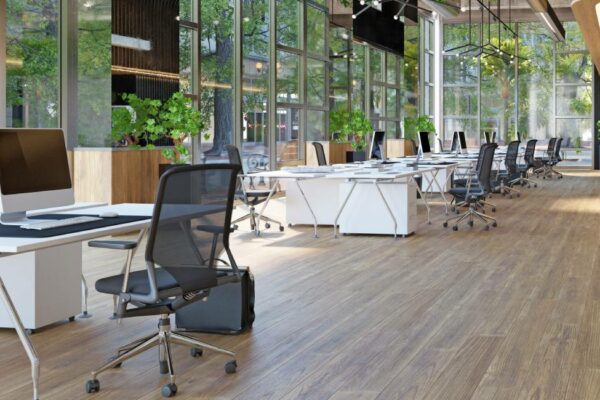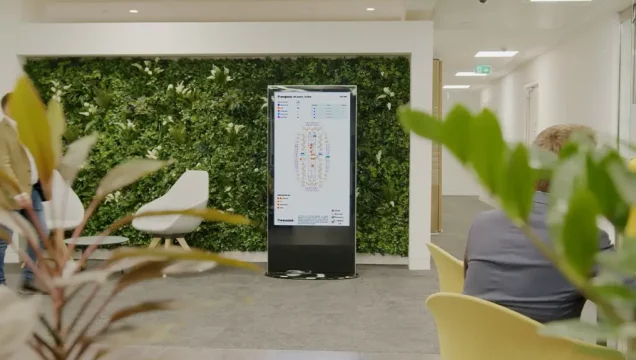

We are still hanging on the cliff of the Pandemic. The sudden shift we all encountered may come up again as a barrier. But we are more prepared this time, are we not?
Living through the more recent disruption to work has provided enough time and space to plan for the future of our workplaces. And this has brought us to the categorization of work styles. Learning about the work styles that exist now can assist considerably in leading your organization down the right path.
Considering difficulties as an opportunity to grow, let us focus on building a successful way back to the workplace by configuring the change.
Are you ready to overcome your challenges? If yes, today, let us explore the variations in work styles that can help you trace your position at present.
The “not Hybrid” work style
Across the world, people are looking for more effective work arrangements – to be specific, hybrid arrangements.
But it is important to note that there are employees already working this way but end up with frustrating work choices rather than the sworn freedom in flexibility. The idea of juggling their workspace is difficult for certain employees.
Many organizations fail to see the longevity in the hybrid work style and expect the practice to fade eventually. And so, being “not hybrid” is considered a safer option by a certain percent of organizations.
The “unintentional Hybrid” work style
Though being productive depends on factors that are considered subjective, the need for change is inevitable. The unintentional route to progress does not bring concrete chain management, which keeps the tension ongoing.
If you are switching your work styles back and forth, with no specific purpose in mind for your employees, then you are challenging your existence.
The organizations that fall into unintentional hybrid working styles need to change their outlook. Is the current work style of your organization serving just a specific purpose? If yes, the idea of bringing concrete hybrid working is necessary for sure.
The “Hybrid by nature” work style
The change from office-by-default to hybrid-by-default was unexpected. We have climbed the ladder to the future of work without much preparation.
The adoption of remote work with the underlying transition of the return to the workplace has fueled success, contrary to the expectations, as per the recently commissioned report by Loom – a video messaging platform.
Companies that leaped through this time of difficulty were the ones that inhibited hybrid by nature quite early. In such a case, it is agreeable that a hybrid work style is a futuristic merit to behold. A work style that stands practical, especially at times of uncertain difficulties.
If the goal for your organization is the “Hybrid by nature” work style, you can learn more about preparing for hybrid working here.
Amongst the above-mentioned broad categories, on what stage do you consider your organization to be?
If your organization is between the first two, adopting a change in the working model becomes immediate. So, how do you change working models?
Adapting to the survival change
Your ability to differentiate and strategize during uncertainty is the differentiator between facing atrocities or succumbing to them.
In the face of a constantly changing scenario, identifying the immediate solution can be challenging. But adapting to survival needs stands most important.
Whether it be your fundamental strategy, execution methods, or prescribing the factor of change, your insufficient structures of the workforce can determine a threat to the organization.
Keep track of workplace trends and office use stats on the Freespace Index report.
Effective office layout for human-machine collaboration
The efficient workflow stems from the best human-machine collaboration.
Today it is not only about technologies that promote automation and ease. But rather technology that can assure and reassure employees about hygiene, safety, and security. Whereby Hybrid working solutions come back into the picture.
Inspiring developments
The inspiring developments of an organization can be traced back to the transitions made so far. Whether the constant change in workflow or the choice of considering effective and reliable workplaces that work for employees
The developments you decide or carry forward can make a significant difference to your work culture. And a difference in employee productivity as well.
Prioritizing the modern components
The modern workplace demands change out of the ordinary. The three primary pillars that can contribute are none other than the following:
- It is high time we replace the process of planning to configure.
- Enablement should be considered in place of prescription.
- Witness a transition from execution to engagement.
Covid-19 Pandemic forced a sudden halt in the developing world. The efficiency of building the new work world lies more in tune with the re-shaping of principles. And to begin with, companies are re-thinking to shape their work culture. In this case, identifying the horizon of the future of work is the key.
The optimum conditions you lay forward can reap positive outcomes. Explore hybrid working solutions for your organization – contact our team of experts to find out how to benefit.


